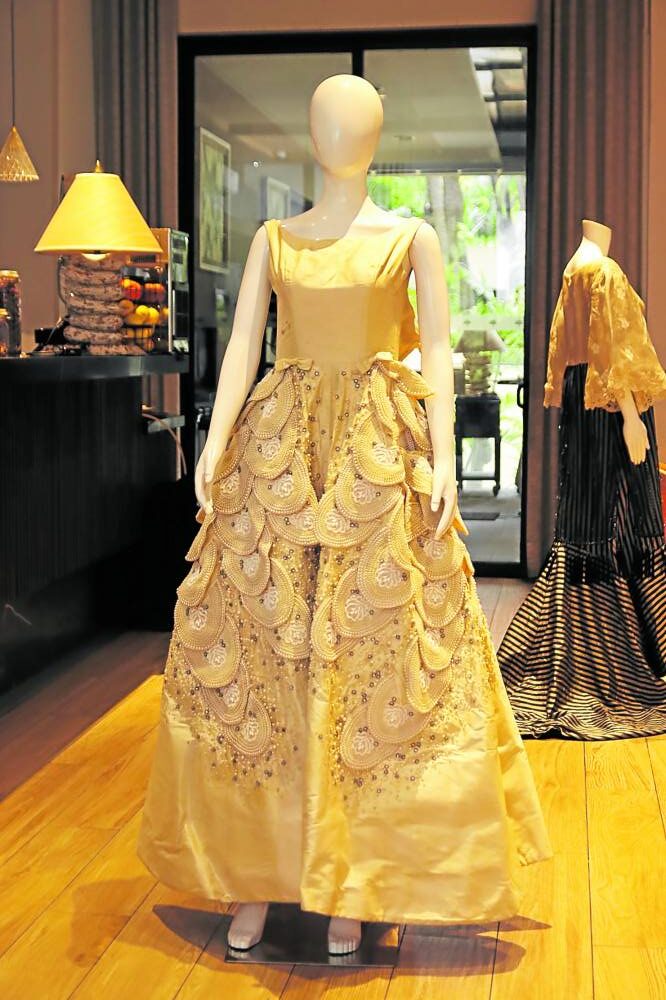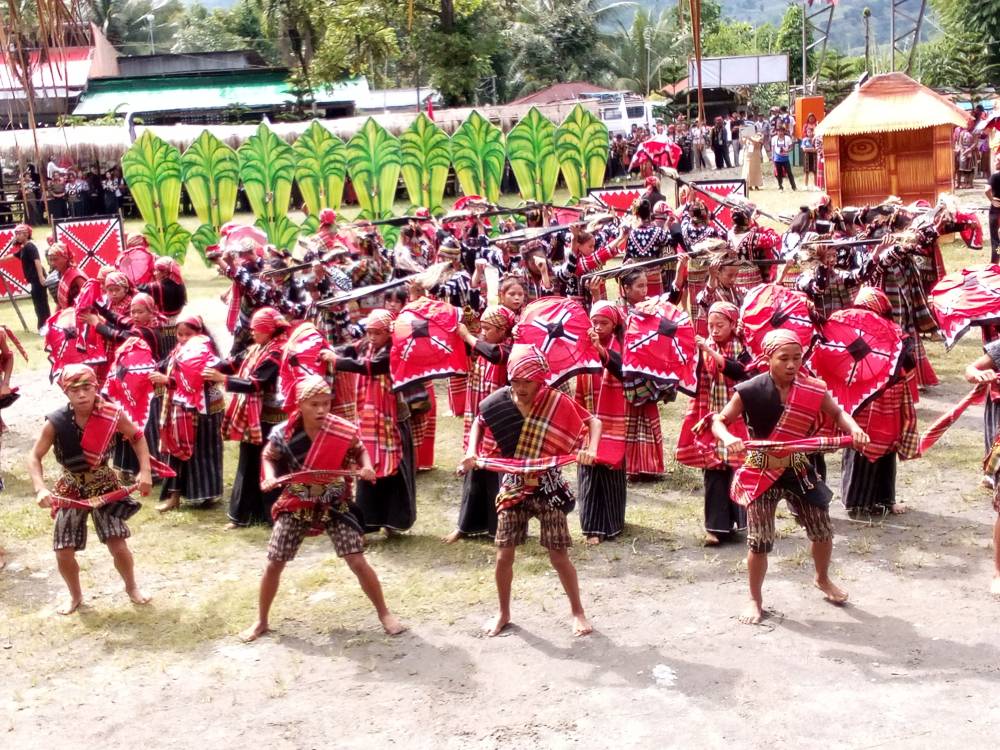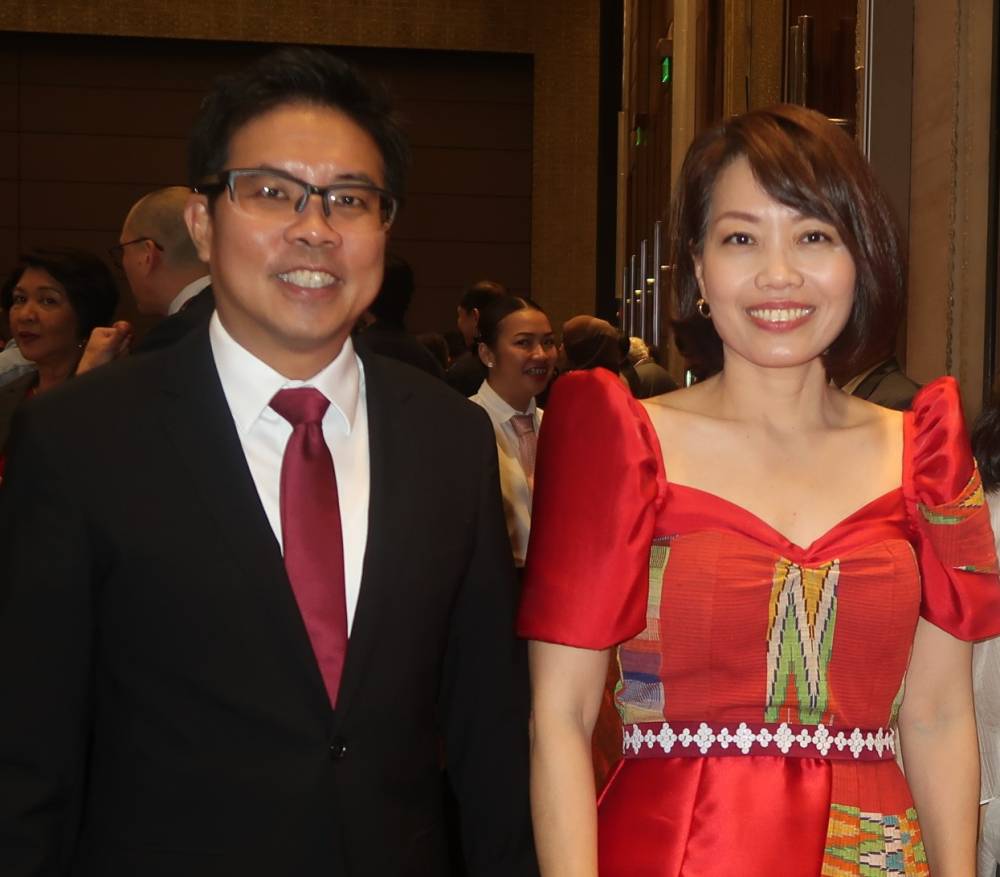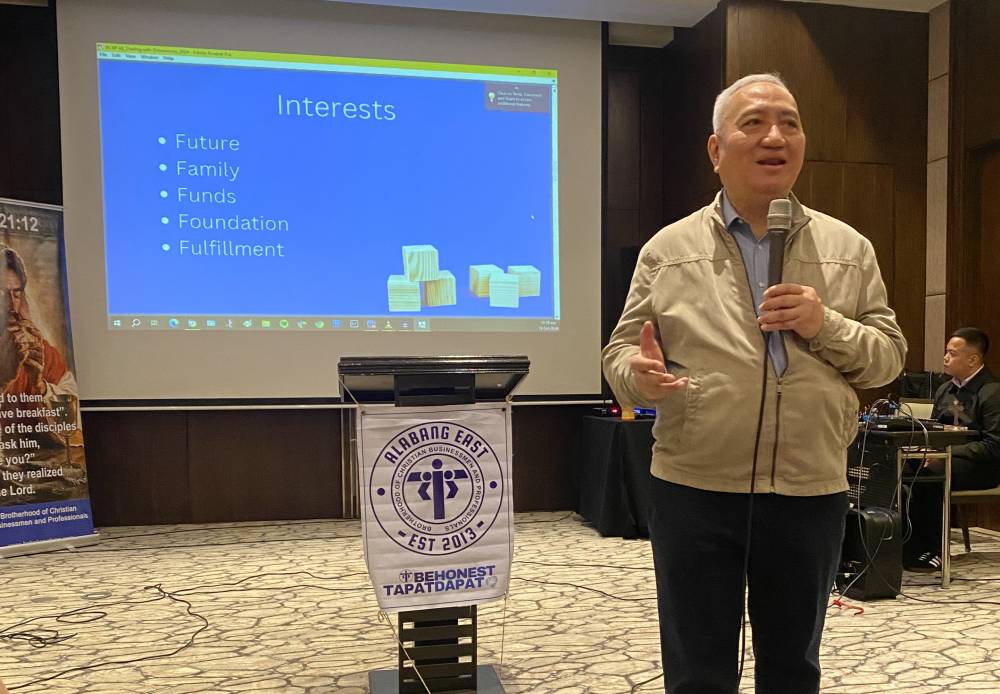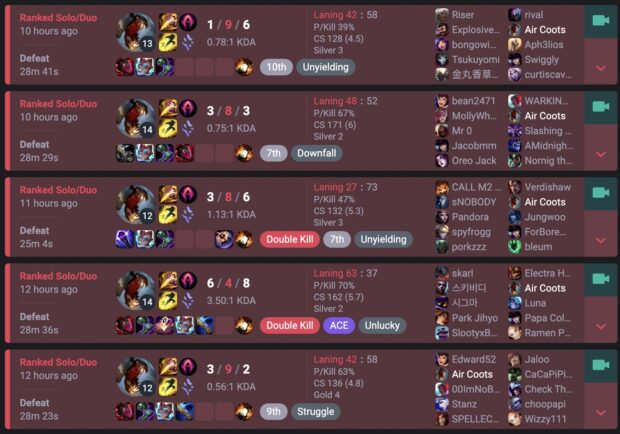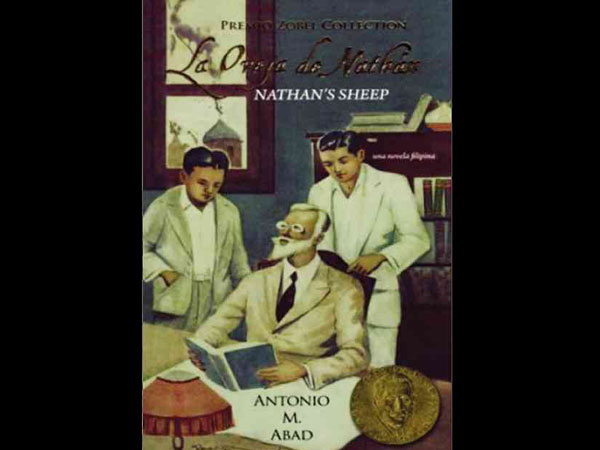
Georgina Padilla y Zobel de Mac-Crohon scored a major cultural coup on July 16 at the Ayala Museum in Makati with the launch of the classic Antonio Abad novel titled “La Oveja de Nathan” (Nathan’s Sheep).
Long lost, and definitely out of print, “La Oveja de Nathan” was written by the Cebuano Abad (1894-1970). The novel obtained the First Prize of Premio Zobel in 1929.
This was his second novel. The first, “El Ultimo Romantico,” earned honorable mention in Premio Zobel 1928. A third novel, “La Vida Secreta de Daniel Espeña,” was published in 1960.
Premio Zobel was instituted in 1920 by Don Enrique Zobel de Ayala. It recognizes excellent literature in the Spanish language written by Filipino authors. Its continuity was assured by his daughter Gloria Zobel de Padilla.
Georgina, a worthy granddaughter of Don Enrique, has championed the cause, and taken it upon herself to publish “La Oveja de Nathan” in a bilingual edition. The Spanish version is on the left side, the English translation on the right.
Lourdes Brillantes, herself a Premio Zobel awardee in 1998, has done the translation, capturing the essence of life in the Philippines during the early American period. We may also say this translation went through a felicitous appraisal by Georgina.
The result is a literary achievement of the first magnitude. In its time “La Oveja de Nathan” was considered as the “War and Peace” of the Philippines. As a social critique, it is a worthy successor to Jose Rizal’s “Noli Me Tangere” and “El Filibusterismo.”
Emotive and significant
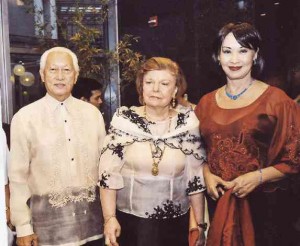
ARMANDO BABIERA
The program to launch the book was emotive and fraught with significance. Mariton Ortigas, as emcee, reminded the audience that Don Enrique Zobel launched the literary prize on July 25, 1920, Dia de Santiago, feast of Spain’s patron saint.
Lourdes Brillantes gave the rationale of the book, and how its republishing in the original plus its translation now makes it available to readers after so many decades. Truly, it is a treasure for future generations.
There were words, and a poem, from Gemino Abad, the author’s son who in this book has an essay on beautiful memories about his father, prolific as a writer in the Cebuano language as well.
In the book is a prologue written by the erudite Don Luis Arias Romero, former Ambassador of Spain to the Philippines, and now to Korea. He encouraged Georgina to retrieve “La Oveja de Nathan” from oblivion, and make it available to readers after 85 years since it was first published.
“It is an honor for me to have done this,” Georgina said in her speech.” “Antonio Abad, a Cebuano, has now taken his rightful place among the greatest writers in the Philippines. He was the only author to be cited twice by Premio Zobel.”
Georgina said she’d gladly publish in the same bilingual format Abad’s “El Ultimo Romantico” if it could be found. If anyone owns a copy or knows where one exists, she would welcome it.
Next publishing effort
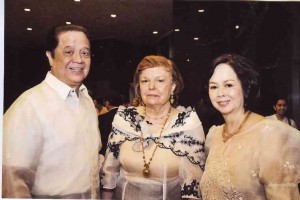
ARMANDO BABIERA
As it is, Georgina’s next publishing effort will be the first work to be awarded the Premio Zobel in 1922, “La Carrera de Candida” (Candida’s Career). This is a collection of short novels, stories and articles by Guillermo Gomez Windham, whose grandson Guillermo Gomez was present on this occasion.
The program’s finale was a video presentation prepared by Gaspar Vibal of Vibal Publishing, which printed the book.
It focuses on the family that instituted Premio Zobel, and its reasons for doing so. Georgina’s mother, Doña Gloria was quoted as saying: “That never shall the Spanish language die in the Philippine.”
In this she was supported by her husband Ricardo Padilla y Satrustegui; their children Georgina and Alejandro; and, from what we gather in the video, her grandchildren and great grandchildren.
Regal Georgina
And so there stood Georgina, regal in a Filipiniana gown from Tesoro’s, shaking hands with guests, friends and well-wishers.
Heading the VIPs was Spanish Ambassador Jorge Domecq. “La Oveja de Nathan” is part of the Spanish Program for Cultural Cooperation.
Spain’s Consul General Pilar Villanueva was present, along with embassy staff like Col. and Ms Carlos Ovejas, Santiago Gonzalez, Fernando Zapico, and Carlos Valmaseda of Instituto Cervantes.
Former Manila Mayor Alfredo Lim was among those on front row.
There was a good representation of former Philippine Ambassador to Spain like Johnny Rocha with wife Pilina, Lani Bernardo with wife Conchitina, Isabel Wilson and Antonio Lagdameo.
Eric Torres, Ateneo professor of painter Fernando Zobel, attended with pretty daughter Erika. Artists Juvenal Sansó and Betsy Brias were present, too.
Reacting to the various highlights of the program was Benito Legarda. On the book’s jacket he says it “displays a notable gift for characterization. The protagonists are recognizable as real people rather than bloodless symbols.”
A random enumeration of who were there: Rosa Maria Ortoll, Joan Orendain, Bambi Harper and Edu Jarque, Bobby and Olivia Romulo, Inno Sotto seated with Techie Bilbao, Alex van Hagen with his camera, Pilar Aldanese, Anton Roxas, Bea Roxas and Eduardo Muñoz Seca (grandson of the great Spanish writer Pedro Muñoz Seca).
Present, too, were Ma. Isabel Tesoro, Marilis Evaristo, Jaime Ponce de Leon, Banj and Michael Claparols of Creative Definitions, Gemma Cruz Araneta, Jose Cariño, Cookie Feria, Conchita Toda, Ignacio Ortigas, Elenita Guevara, Katherine Silvestre, Santi and Melissa Elizable, Ramon Villegas, Kit Roxas, Butch Dalisay, Lourdes Elizalde, Juan Antonio Lanuza, Ditas Lanuza, Pichuco and Miren Berenguer.
Many who have read the book are of the opinion that “La Oveja de Nathan” should be required reading for everyone, especially students. Gaspar Vibal has a good idea on how to market it.
That is, putting it on a wooden display case in tandem with another book which has become a much-consulted reference volume, “81 Years of Premio Zobel,” entertaining as well as informative, written by Lourdes Brillantes.
Both books underscore the belief that the Golden Age of Philippine literature had been in Spanish.











